Dental Bridges – Lakewood, CO
Treat Tooth Loss With a Dental Bridge
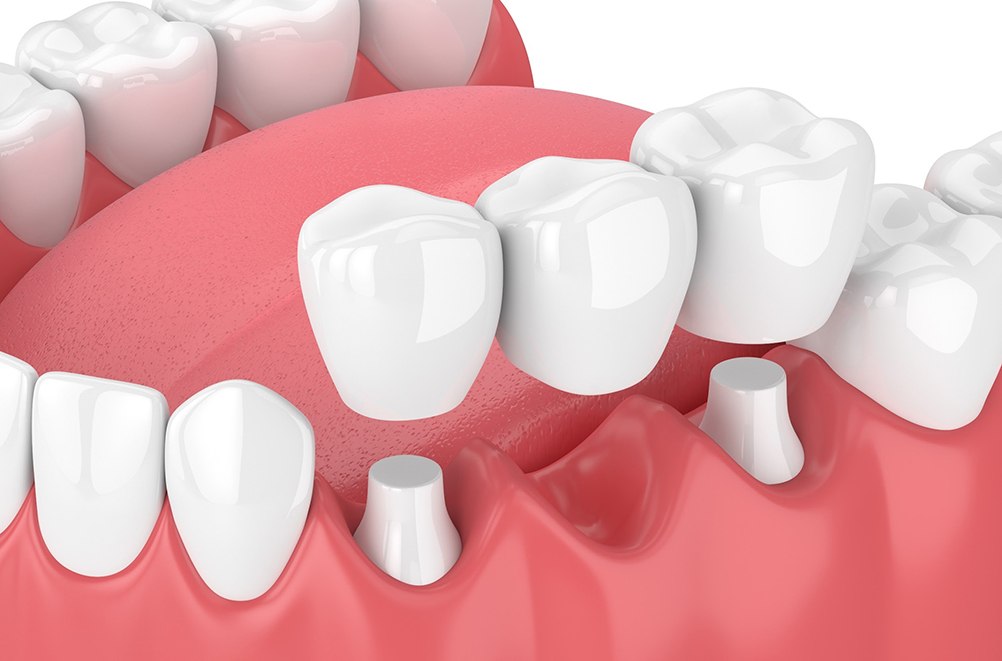
If you have lost a tooth or two over the years, your self-esteem was likely lost along with them, but your confidence isn't the only thing affected by missing teeth. Your oral health and quality of life can also suffer, but you don't have to live with gaps in your smile. Dr. Henry can turn back the clock to restore a complete smile with dental bridges. He will fill the space of your lost teeth using a restoration that looks and feels natural.
Why Choose Dr. Tavi Henry for a Dental Bridge?
- Personalized Treatment Plans
- Natural-Looking Results
- High-Quality Materials
What is a Dental Bridge?
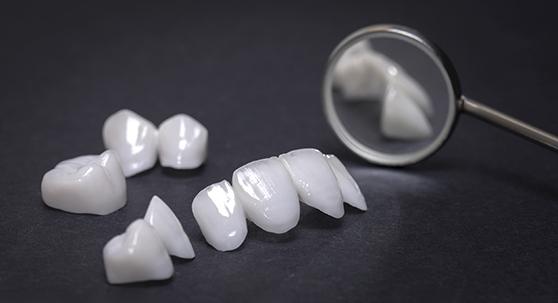
A fixed bridge is the most traditional method of replacing 1 to 3 missing teeth in a row. Dr. Henry takes an impression of your mouth to recreate your lost teeth. They are carefully crafted to blend in with your natural smile, so no one will know they aren't real.
Types of Dental Bridges
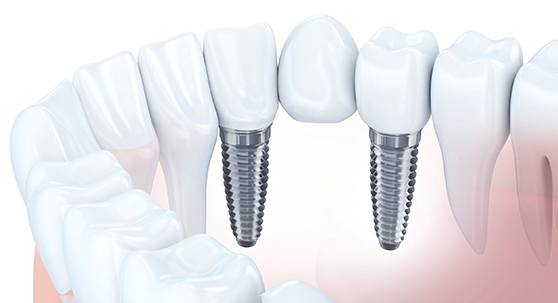
You have many options to replace your missing teeth. After examining your mouth and learning more about your preferences, Dr. Henry will explain which solutions are right for you, like:
Traditional Dental Bridge
A traditional bridge is held in place by bonding dental crowns over your adjacent teeth, which means they'll need to be reshaped. A traditional bridge recreates the portions of your teeth above the gum line and can last for about 10 years before needing to be replaced.
Implant Bridge
As an alternative to crowns, 1 to 2 dental implants can anchor your bridge to your jawbone, replacing both the roots and the crowns. This creates a nearly perfect replica of your real teeth using a method that can last for decades. Not to mention, dental implants have over a 95% success rate.
Choosing a bridge is a big decision, but you don't have to make it alone. Dr. Henry will answer any questions or concerns to feel confident in your decision.
The Benefits of Getting a Dental Bridge
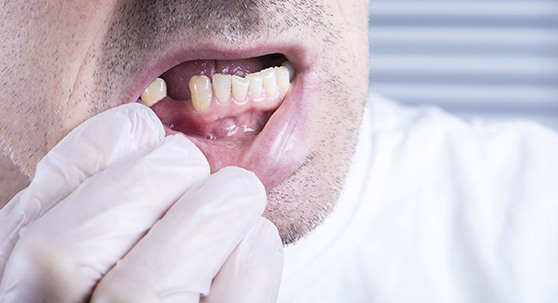
Missing teeth are more than an aesthetic issue. A dental bridge not only restores a complete smile but offers many other benefits, including:
- Improved Self-Esteem: Your bridge will be made of high-quality materials and customized to match your natural teeth to blend in with your smile.
- Improved Oral Functions: You'll be able to eat a variety of foods to maintain a nutritious diet.
- Better Oral Health: You'll avoid many issues caused by missing teeth, like cavities, gum disease, and additional tooth loss.
- Affordable Solution: Your dental insurance can cover some of the costs to keep your treatment affordable.
- Look Younger: You can take 10 years off your appearance by replacing lost teeth.
- Clear Communication: You'll speak clearly and confidently without your words sounding slurred.
A dental bridge is an investment in your overall wellness and quality of life. If you're ready to enjoy a beautiful smile again, request an appointment through our website or call (303) 951-8414.
Dental Bridges FAQs
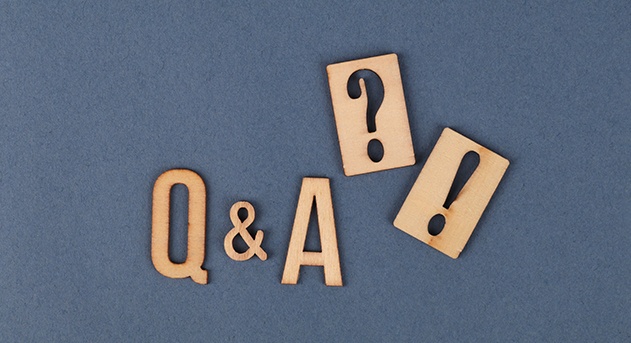
Dental bridges in Lakewood are a tried and proven solution to replace 1 or more lost teeth in a row. Although they are supported by decades of success, a bridge is a big commitment. Don't worry. Dr. Tavi Henry will explain everything during your consultation. Here are the answers to the most frequently asked questions to help determine if a dental bridge is an option for you.
How Many Teeth Can a Dental Bridge Replace?
A traditional fixed bridge can treat 1 or more consecutive lost teeth; however, longer restorations can have a higher failure rate. They will lack sufficient stability and can increase the risk of damage to your supporting teeth. A dental bridge is recommended to treat 1-3 missing teeth in a row. If you need to replace more, Dr. Henry may recommend an alternative, like a partial or dental implants.
Are Dental Implants Cheaper Than a Bridge?
Dental implants cost more upfront than traditional prosthetics, like a bridge. However, they are the most affordable overall. A fixed bridge must be replaced about every 10 years, which can get costly over time. Not to mention, a traditional bridge only replaces the portions of teeth above the gum line. Dental implants offer several advantages that aren't possible using a bridge and crowns. A dental implant replaces the entire tooth structure, including the root. This keeps your jawbone healthy to stop issues caused by missing teeth. As a result, you'll reduce your long-term oral health expenses. Dental implants end up paying for themselves because they have over a 95% success rate and are proven to last for decades. They will improve your oral health and you'll never have to budget for replacements. As the next best thing to your real teeth, the benefits of dental implants are priceless. Your dentist in Lakewood will determine if they are the right solution for you.
How Long Do Dental Bridges Last?
A traditional bridge can last for 5 to 15 years. Many factors affect the lifespan, like the number of teeth being treated, the materials used, and your aftercare routine. You can get the most from your investment by committing to good oral hygiene habits at home. Besides brushing and flossing, avoid eating hard or sticky foods. Don't use your teeth in place of tools and keep inedible objects out of your mouth. Visit our office every 6 months for a cleaning and checkup to ensure your bridge lasts for a decade or more.
Can I Use My Dental Insurance to Pay for a Bridge?
Your dental insurance can cover your consultation and any diagnostic services, like X-rays. It's not uncommon to require a little prep work, like tooth extractions or gum disease therapy. Your dentist will cover some of the expense of medically necessary procedures. After meeting your deductible, you can use your annual allowance to lower the amount you will pay out-of-pocket. A member of our office will work on your behalf with your dental insurance to maximize any appropriate benefits. We offer several financial solutions to cover any remaining balance.

